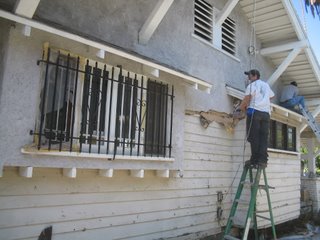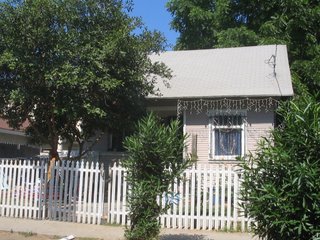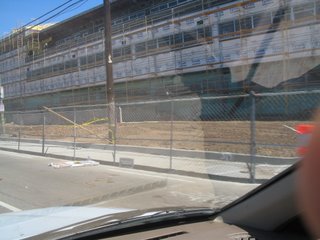The Ninth Commandment
The Secretary of the Interior is responsible for establishing standards and advising Federal agencies on the preservation and rehabilitation of historic properties.
Rehabilitation is defined as, "the process of returning a property to a state of utility, through repair or alteration, which makes possible an efficient contemporary use while preserving those portions and features of the property which are significant to its historic, architectural, and cultural values".
Like other sacred endeavors, there are ten commandments, most are straight-ahead, reasonable guidelines. Then there's commandment number nine: New additions, exterior alterations, or related new construction shall not destroy historic materials that characterize the property. The new work shall be differentiated from the old and shall be compatible with the massing, size, scale, and architectural features to protect the historic integrity of the property and its environment. Compatible but differentiated.
This is the one that gives the architects, the egoists, the history infidels, wiggle room.
Pictures please, historic branch library on Jefferson Boulevard (in historic West Adams).


Does this look compatible to you? Differentiated sure. Compatible? This is about as compatible as the Luxor cleaved to Fallingwater. Like the Jetson's toaster collided with Aladdin's lamp. Like Christy Brinkley and Billy Joel.
Apparently, 'differentiated' means build whatever dissimilar thing you want, Modernist-revival pitch can, Bauhausian up-chuck, hypermodern sharp-cornered cinder-block bomb shelter. Good grief.
Rehabilitation is defined as, "the process of returning a property to a state of utility, through repair or alteration, which makes possible an efficient contemporary use while preserving those portions and features of the property which are significant to its historic, architectural, and cultural values".
Like other sacred endeavors, there are ten commandments, most are straight-ahead, reasonable guidelines. Then there's commandment number nine: New additions, exterior alterations, or related new construction shall not destroy historic materials that characterize the property. The new work shall be differentiated from the old and shall be compatible with the massing, size, scale, and architectural features to protect the historic integrity of the property and its environment. Compatible but differentiated.
This is the one that gives the architects, the egoists, the history infidels, wiggle room.
Pictures please, historic branch library on Jefferson Boulevard (in historic West Adams).


Does this look compatible to you? Differentiated sure. Compatible? This is about as compatible as the Luxor cleaved to Fallingwater. Like the Jetson's toaster collided with Aladdin's lamp. Like Christy Brinkley and Billy Joel.
Apparently, 'differentiated' means build whatever dissimilar thing you want, Modernist-revival pitch can, Bauhausian up-chuck, hypermodern sharp-cornered cinder-block bomb shelter. Good grief.
Labels: Preservation preach






